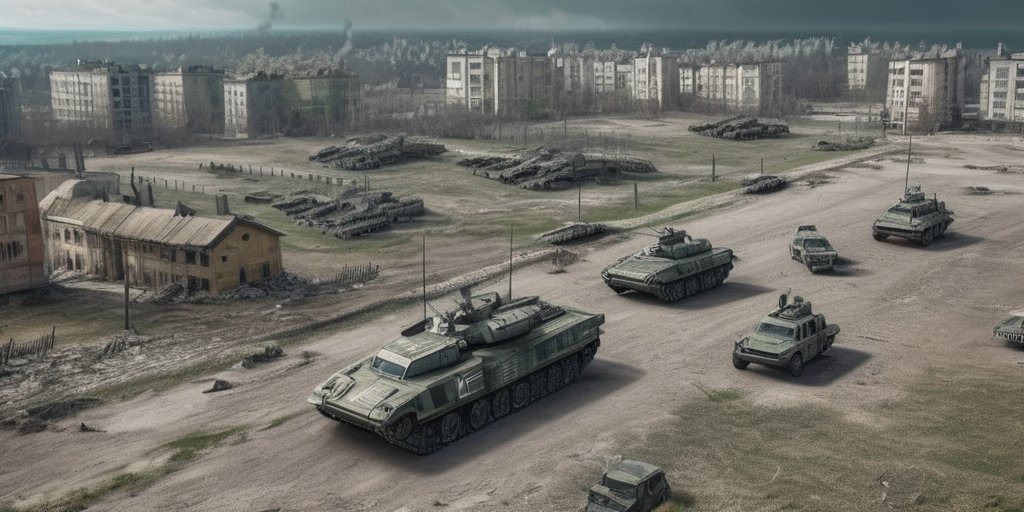As the war in Ukraine continues, the impact of former President Donald Trump’s administration looms over developments in the conflict that is shaping geopolitical dynamics. Recently, Russian President Vladimir Putin has intensified military operations seeking to expand territorial gains in eastern Ukraine, echoing sentiments that suggest Trump’s previous administration may be less committed to pursuing ceasefire negotiations.
In Kyiv, rumors of a major Russian offensive against Ukraine have dominated discussions, particularly as troop levels near the flashpoint city of Pokrovsk have surged to 111,000, a striking increase from 70,000 last December. Ukrainian forces are fighting back through counterattacks and bolstering their domestic weapon production. Despite these solid efforts, Russian forces persist in their assault, with deepening advances recorded on the border of Donetsk and Dnipropetrovsk regions.
Ukrainian Commander-in-Chief Oleksandr Syrskyi has voiced concerns about the stagnating Russian offensive, asserting that attempts at a “summer offensive” are faltering. However, amidst the chaos, the Kremlin remains steadfast in their ambition to control Donetsk, Zaporizhzhia, and Kherson, revealing the drawn-out nature of the conflict as strategies evolve from complex drone warfare to traditional infantry assaults.
In recent statements, President Zelenskyy has called for additional support from Western allies to combat the relentless drone attacks, a situation he attributes partially to the lack of urgency from the current U.S. administration. Trump’s remarks urging a reassessment of military aid to Ukraine may have unintentionally fueled perceptions of reduced American engagement, further complicating the landscape of international support for Ukraine.
The conflict has increasingly turned into a battle of attrition, where both sides leverage technology and production capabilities to their advantage. Russia’s military production, spearheaded by its defense conglomerate Rostec, has reportedly surged tenfold since 2021, bolstering its arsenal with mass-produced drones that target Ukrainian infrastructure. In contrast, Ukraine is ramping up its own drone capabilities to respond to the evolving battlefield.
Yet, it is clear that despite overwhelming production capabilities, Russian forces are now faced with economic pressures that could reshape the battlefield dynamics in the future. As noted by analysts, the grueling conflict likely continues as economic realities force adjustments to military ambitions on both sides. Thus, the unfolding Ukraine conflict remains heavily intertwined with global political narratives, especially with past U.S. administration approaches guiding current perceptions of support. With Trump’s influence sparking significant debate, the outcome of this conflict remains an evolving saga full of intricate geopolitical interplays.
